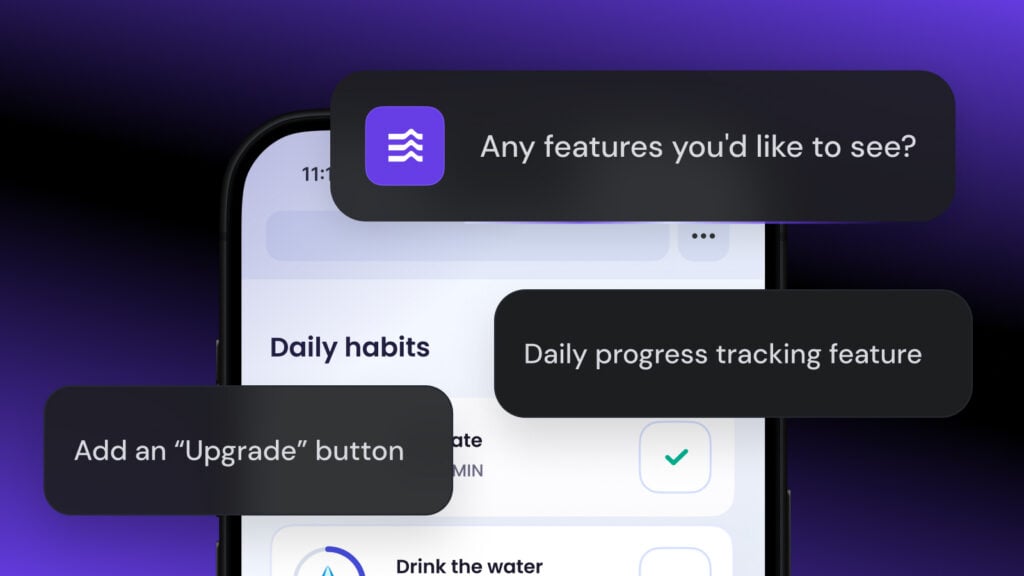Before publishing your first post: 7 things you should know

So you started a blog, and now you’re ready to share your content with the world. Great! However, will the world be interested in reading it?
In order to make sure that what you share is read, you have to know how blogging works. After all, there’s more to publishing blog articles than simply sharing your thoughts and feelings on the internet.
First of all, you must understand that blogging is a form of marketing. When it’s done right, it can be a powerful tool that can convince readers to take your desired action. You can use your blog to promote your products and services, build a following, or raise awareness of an issue you care about.
So before you publish your very first blog post, take a look at the seven facts below that can help you get it right from the get-go.
1. The Topic Should Be Interesting to Your Readers
The topic you decide to write about might be the most exciting subject to you in the world. However, that doesn’t mean that your potential readers feel the same way. So before you start writing your first blog post, learn what your target audience wants to read about.
Start by researching your industry and analyzing your competitors. What kind of content do they share? What do their readers say in the comments?
You can also visit various forums, like Quora. There you can learn more about what people tend to talk about and what kind of questions they tend to have.
Finally, check the current trending topics by using tools like Google’s keyword planner. Learning what search terms people use most often will let you see what kind of potential answers you can provide to your target audience.
2. The Headline Holds a Lot of Power
Statistically, 8 people out of 10 will read the headline of an article and leave. Only two will carry on to read the rest of the text.
That’s a very low number, which can further decrease if your headline doesn’t grab your readers’ attention. That’s why knowing how to write a compelling headline that entices the readers to click on it is as important as the article itself.
In short, a powerful headline should include all, or at least some, of these aspects:
- Include a number. A study showed that headlines with numbers improve the conversion rates by 73%. Numbers tend to reflect factual information and an organized outline, which convinces the readers to see the rest of the piece.
- Address the reader. Including the word “you” or “your” in the title can subconsciously convince the reader this blog post is specifically for them.
- Ask a question. Formatting your headline as a question can spike the readers’ curiosity and help the post rank better on search engines.
- Be straight to the point. Vague headlines will only confuse the readers. Be straightforward and tell your audience exactly what the article will be about. People have no time for guessing.
3. The Outline and Structure of the Article Matter
If your article consists of a massive block of text, chances are your readers will leave as soon as they see it. People are intimidated by “walls of text,” and they won’t stick around even if the content is valuable and interesting.
Split your article up into headings and subheadings. This will not both make your blog post more organized visually and much easier to read.
Also, have your paragraphs include 3-4 lines at max. Any more than that will look chunky and visually unappealing, increasing the chances of the readers leaving.
Once your article is nicely split into small paragraphs within headings and subheadings, it’s time to look at the text itself.
When writing, make sure to avoid rambling and include only actionable and valuable information. Don’t include overly long sentences and write clearly and concisely.
Another crucial aspect of the writing process is getting rid of all spelling mistakes. The best option would be to have all of your content proofread by someone else. Alternatively, consider using tools like Grammarly and Hemingway.
4. Images Improve the Text
Using images in your article will not only make it more visually appealing but also enhance the understanding of the text. They’re an excellent way to break up the content and support any points being made.
In fact, a study showed that 89% of students performed better when their text-based instructions included graphics. Our brains are wired to register visual information faster and easier. So why not apply this knowledge to your blog articles too?
When writing your first blog post, see which points could be portrayed visually. Then, use royalty-free image sources, like Shutterstock or Unsplash, to find suitable imagery.
You can also create infographics, graphs, and piecharts if you intend to share factual information. The visual representation will support the text and make it easier for the readers to understand.
5. The Blog Post Should Be SEO-Friendly
Writing a good-quality blog post that converts is only half the job. The other half is making sure that people can find it. That’s where SEO comes in.
Good search engine optimization can help your article appear on the search result pages when a relevant search term is used. Google crawls all content online and indexes pages that provide helpful and well-written information.
To convince Google that your blog post suits the requirements, there are four main things you’ll need to look at:
- Keywords
- Alt text
- Meta descriptions
- URL
Use Google’s Keyword Planner to see what keywords people use when searching for this type of content. Analyze the wording and its variations, and list them in order of popularity. Then, use these keywords in your article.
If you don’t want to do keyword research yourself, use SEO tools, like Yoast SEO and SurferSEO. They can help you save time and energy by conducting the research themselves and providing you with actionable guidelines on how to improve your article.
Alt text is a clear description of the image that’s included in your article. It’s there to describe what the image displays for the visually impaired or in case the image doesn’t load correctly. Alt text also improves the page’s ranking in terms of SEO.
Meta descriptions are short summaries of what the article is about. They appear under the name of your website when it’s displayed on search engine results pages.
The URL should also be short, to the point, and ideally include a keyword too. Avoid special characters, cut out unnecessary words, and make it related to the article itself.
6. CTA Is a Must
In short, a CTA (call-to-action) acts as a motivation for your readers to take your desired action. It usually comes in the form of a button and can be placed anywhere within your article or page.
The usual rules of an effective CTA button are:
- Make it look clickable.
- Be persuasive and clear.
- Use bold colors.
- Utilize white space around it.
- Place it where it’ll attract attention.
On average, a compelling CTA can increase your click-through rate by 4.23%. While this doesn’t sound like a lot, it’s more than what paid ads produce on Google.
7. Publishing a Post Doesn’t Mean the Work Is Over
Now that you know how to ensure your first blog post is of the highest quality, it’s time to hit that publish button. Congratulations – you have officially released your first article.
However, the work is far from over. Now it’s time to promote it and attract the readers.
Create business accounts on various social media platforms and share your content. Go to online forums and use your blog post to answer relevant questions.
If you don’t already have one, compile an email list of your site’s visitors and arrange an email marketing campaign. In other words, do your best to spread the word.
However, you must ensure that your website can deal with the load when the traffic starts rolling in. There would be nothing worse than your site crashing when people come to read your blog post for the first time.
To ensure this doesn’t happen, check the resources your web host provides. See if the amount of bandwidth you get with your hosting plan can handle the potential increase in requests.
If in doubt, upgrade your plan or scale up the resources. Or, simply go with a hosting provider that can guarantee excellent website performance.
All of the tutorial content on this website is subject to Hostinger's rigorous editorial standards and values.



